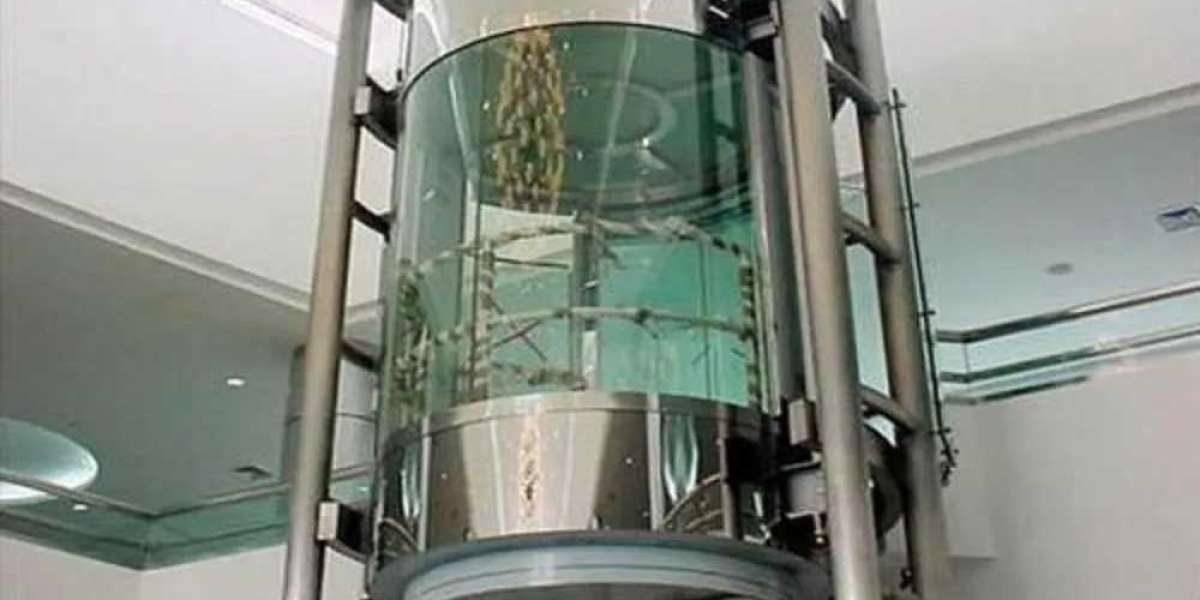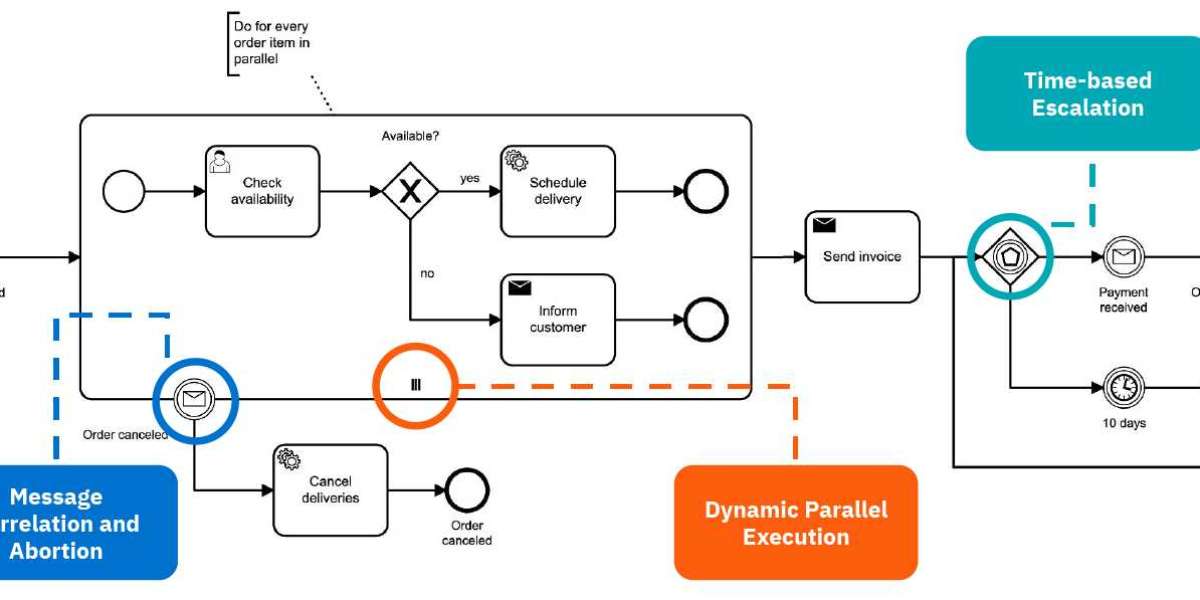Hydraulic elevators in Dubai are a well known system used in hundreds of lifts across the world (alongside Traction Lift systems), as well as a huge amount of machinery and equipment using the same principles. But do you know how hydraulic lifts work?
Make sure your hydraulic platform lift is kept in top condition by understanding how it works and recognising any differences before a problem occurs – or to decide which type of lift is the right one for your business or public building.
What is in a Hydraulic Lift?
Hydraulic systems are used for all sorts of things – from car braking systems to forklift trucks, presses to pumps. All the systems use the same basic principle, and hydraulic lifts are no different.
The main components of a hydraulic elevator are:
Piston within a cylinder (called a ram)
Oil reservoir or tank
Pump
Motor (to drive the pump)
Valve
Usually a hydraulic lift in Dubai will have a machine room, which will house the pump, fluid and motor, so you may need more space than expected. You can get machine-room-less (MRL) hydraulic lifts which generally house the machinery and such within the shaft, against the guides that run behind the lift, making them a more space-saving option.
How Do Hydraulic Lifts Work?
Hydraulic lifts work on a basic principle: to go up, a pump pushes oil into the cylinder, pushing the piston (which pushes the lift car) up. To go down, the valve opens and oil is allowed to flow back into the reservoir, and is pushed back using the gravitational force of the lift car. The diagram above shows this system.
When the valve is closed, the oil can only go from the reservoir into the cylinder. When the valve is open, the oil can only flow from the cylinder back into the reservoir.
The controls in the lift car make the pump operate, moving the oil. When a floor is reached, the pump is switched off and the lift car sits on top of the piston, held in position by the oil which is trapped in the cylinder.
The position, size and operation of the cylinder can be one of two options – ‘holed’ or ‘hole-less’.
Search
Popular Posts
-
 토토사이트 추천에 대한 궁극의 거래
By Omobel
토토사이트 추천에 대한 궁극의 거래
By Omobel -
 Elevate Your Creative Expression with the Best 3D Pens Near Me - WOL3D Coimbatore
Elevate Your Creative Expression with the Best 3D Pens Near Me - WOL3D Coimbatore
-
 Buy Flashforge 3D Printers - Shop Now at WOL3D Coimbatore
Buy Flashforge 3D Printers - Shop Now at WOL3D Coimbatore
-
 BMI Resins Market Growth Analysis, Industry Trends, Development Status and Forecast by 2028
By Reportsndata
BMI Resins Market Growth Analysis, Industry Trends, Development Status and Forecast by 2028
By Reportsndata -
 WOL3D Coimbatore: Your Source for the Best 3D Printer Filament Online
WOL3D Coimbatore: Your Source for the Best 3D Printer Filament Online



